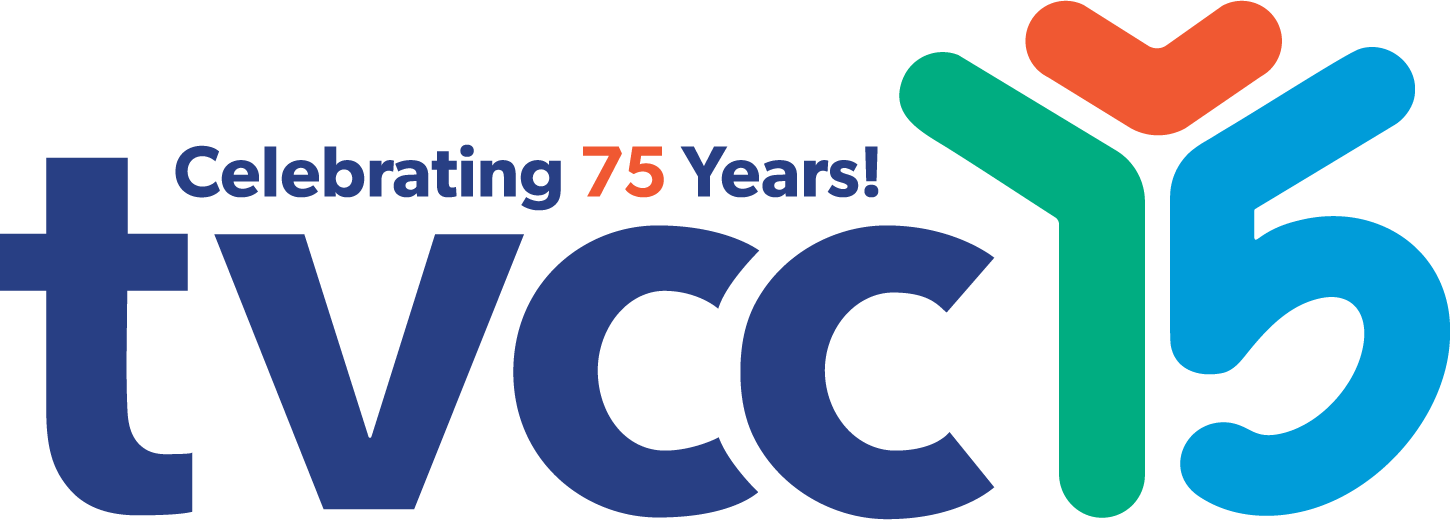Strategies for Communication Partners
Children learn language by observing and listening to the language around them. Children who we want to use Speech Generating Devices (SGD’s) need to see others using their devices in order to become effective communicators. We call this Modelling. Initially the communication partner will be using the device to show how it can be used to request items, make comments, label items and activities, greet people and ask questions. Slowly increase the expectation that your child use their device to communicate. The goal is spontaneous use of the device to communicate something you did not already know.
Begin with what they like
We learn best when we are doing activities we like.
Model what you see your child noticing or doing
- What you see happening while they are playing. E.g. “cars crash”, “blocks (fall) down.”
- What you see happening on TV, in a book or on a video. “Uh oh, go fast…”
In the beginning, there is no expectation that they use the device to repeat what you have modelled. If they choose to use the device at this time, Celebrate. Model what you think they are trying to say - When your child tries to communicate to you by pointing or bringing you something, show them how to say that on their device.
- “want juice”
- “go (to the) backyard”
- “tummy hurts”
Show them how to say what you think they are trying to say, then support them to say it themselves.
Model choices
Use their device to point to the symbols as you offer them choices, then wait for a response:
- Snack choices “crackers” or “cereal”.
- Activity choices “hugs” or “tickles”; “book” or “computer.”
- Outing choices “go (to the) park” or “go (to the) backyard.”
Encourage them to make a choice initially accept a single word. Model things to say within their activity choice such as “like, yummy, fast” to describe what they are doing
Attribute meaning to their exploration of words
If your child likes to press several seemingly random messages, notice if they are more attentive to one word or the last word and then comment on that word and attach a meaning.
Celebrate spontaneous communication
Having your child get their device to say something they want to say it the ultimate goal. Respond to their use of a device as though they meant to say it. This will naturally help them learn to use words correctly. If they do not get the response they hoped for, they will learn to use different words. When you notice that they do not agree with your interpretation, use their device to show them some other meanings you think they may have wanted to say.
- Do not overcorrect. For example if they select Water and they typically want juice. Respond “Oh, I’ll get you some water” , if the do not look happy say ‘Oh your face is telling me you’re not happy, I wonder if you wanted juice’ while pointing to the juice symbol.
Repeat + 1
When your child says a word or message (verbal or symbol), Repeat it back and increase the length of the message by 1 word. Later, you can show different options for ‘like juice’ or add in Grammar.
Reflect their verbal speech
If your child communicates using some verbal words and word approximations that you understand, acknowledge them by repeating it out loud and then show them how to use their device to say that message to someone who may not understand their speech. If their message is short, you can also correct any grammar and add any details.
Remember to Inspire, not Require communication
PDF Format of How to use a device so your child will too… Resource





